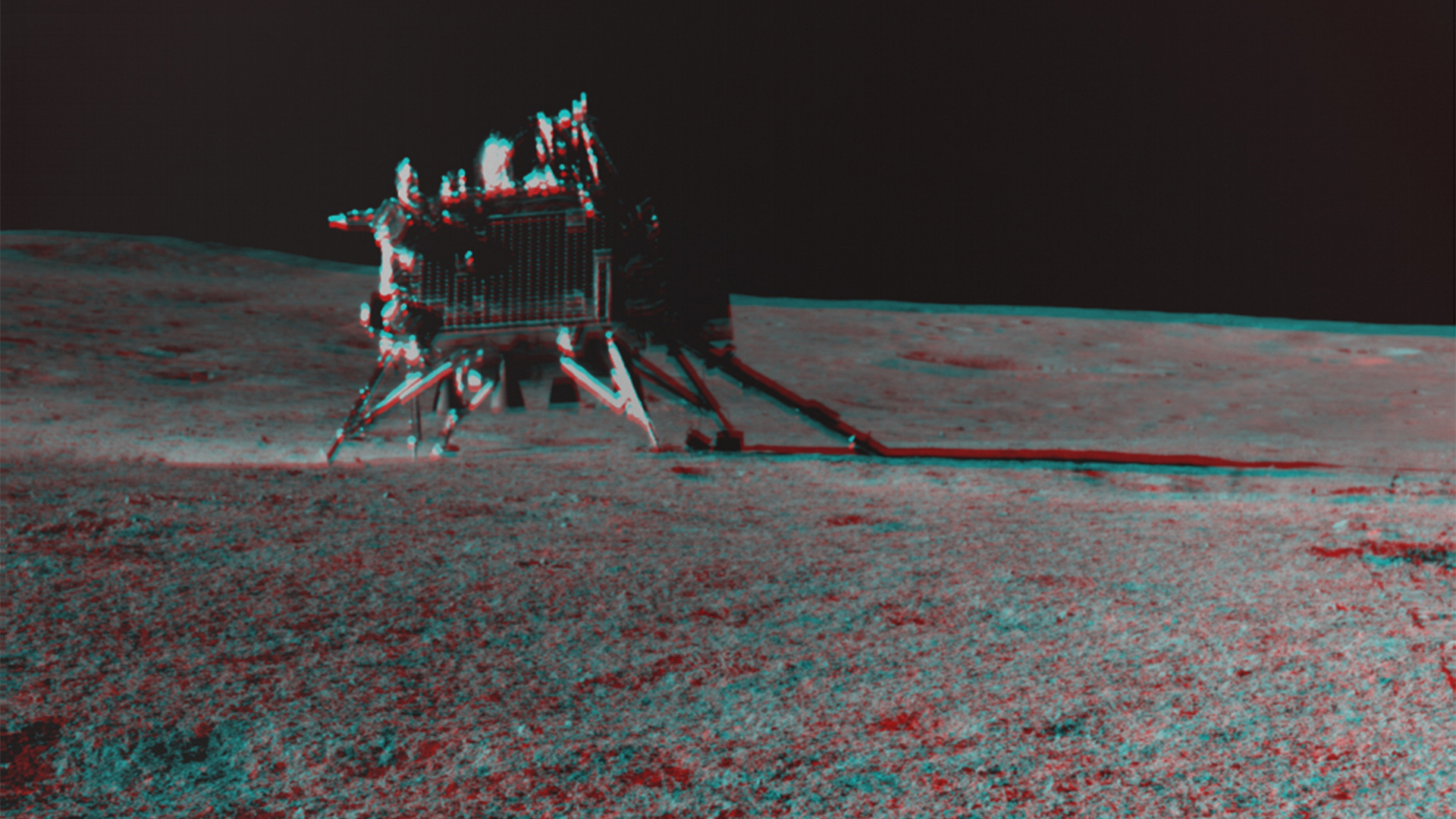
India plans to build off its recent space successes and become an even bigger player in the final frontier.
The nation recently landed on the moon for the first time, acing the first-ever touchdown near the lunar south pole with its Chandrayaan-3 mission. And India now has a solar probe aloft — Aditya-L1, which launched on Sept. 2 to investigate some of the sun's biggest mysteries.
U.S. President Joe Biden congratulated Indian Prime Minister Narendra Modi, and the scientists at the engineers at the Indian Space Research Organisation (ISRO), for these achievements during a meeting in India on Friday (Sept. 8).
And, during that meeting, the two leaders pledged to cooperate on several ambitious space projects going forward.
Related: India launches Aditya-L1, its 1st-ever sun probe
"Determined to deepen our partnership in outer space exploration, ISRO and the National Aeronautics and Space Administration (NASA) have commenced discussions on modalities, capacity building and training for mounting a joint effort to the International Space Station in 2024, and are continuing efforts to finalize a strategic framework for human spaceflight cooperation by the end of 2023," reads a joint India-U.S. statement that the White House published on Friday.
India has not yet sent anyone to space, but the nation is working to change that: It's developing and testing hardware for its own human spaceflight program, called Gaganyaan, which could launch astronauts for the first time as soon as late 2024.
Get the Space.com Newsletter
Breaking space news, the latest updates on rocket launches, skywatching events and more!
The statement also notes that both Biden and Modi "welcomed efforts" toward the establishment of a "working group for commercial space collaboration." That potential collaboration would slot into an existing structure, the India-U.S. Civil Space Joint Working Group.
The U.S. and India also want to work together to help save the world from potential death from above.
The two nations "intend to increase coordination on planetary defense to protect planet Earth and space assets from the impact of asteroids and near-Earth objects, including U.S. support for India's participation in asteroid detection and tracking via the Minor Planet Center," the statement reads. (The Minor Planet Center, based at the Smithsonian Astrophysical Observatory in Massachusetts, is the official repository for asteroid and comet observations.)
NASA already has considerable expertise in this regard. For example, the agency's Double Asteroid Redirection Test mission, or DART, slammed into an asteroid moonlet last year in a successful trial of the "kinetic impactor" method of space rock deflection.
Join our Space Forums to keep talking space on the latest missions, night sky and more! And if you have a news tip, correction or comment, let us know at: community@space.com.

Michael Wall is a Senior Space Writer with Space.com and joined the team in 2010. He primarily covers exoplanets, spaceflight and military space, but has been known to dabble in the space art beat. His book about the search for alien life, "Out There," was published on Nov. 13, 2018. Before becoming a science writer, Michael worked as a herpetologist and wildlife biologist. He has a Ph.D. in evolutionary biology from the University of Sydney, Australia, a bachelor's degree from the University of Arizona, and a graduate certificate in science writing from the University of California, Santa Cruz. To find out what his latest project is, you can follow Michael on Twitter.
-
DrRaviSharma Very timely article Mike Wall It brings back 50+ year old memories!Reply
In 1975, I wrote a 25 page Report which is still in ISRO HQ Library that outlined the strategy for India's participation in the Space Shuttle (and Space Station to follow then) Program.
Where would India have been with respect to Indian Human Spaceflight experience if then Minister of Space and PM Indira Gandhi would have had a vision forward like Biden and Modi have which has broken bureaucratic barriers on both sides.
There is path forward that is a win-win in long range in managing costs of Human Space Flight without compromising safety.
Motto of Apollo was "Fail, Fail, Fail but in tertiary safe mode"!. I had a part to play in managing Apollo 13 incident leading to modifications as well as in NASA agreeing to suggestions for future missions after Columbia Shuttle Mishap that could have saved astronauts including India Origin (like me) Kalpana Chawla.
I was working as Scientific Secretary ISRO HQ then after Dr Sarabhai invited me to help establish ISRO HQ. Prior to that i received Apollo Achievement Award for working on Experiments on Apollo Skylab Missions and on Phase B designs of the Shuttle and Station with NASA Associate Administrators Chuk Mathew HQ and Dr Von Braun (earlier Center Director at MSFC Huntsville) weekly meeting them for briefings and contractor reviews till 1972.
More in future
Ravi
(Dr. Ravi Sharma, Ph.D. USA)
NASA Apollo Achievement Award
ISRO Distinguished Service Awards
Former MTS NASA HQ MSFEB Apollo time frame
Former Scientific Secretary ISRO HQ
Ontolog Board of Trustees
Particle and Space Physics
Senior Enterprise Architect









